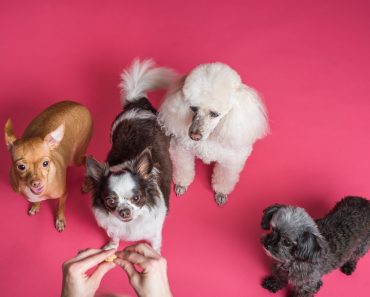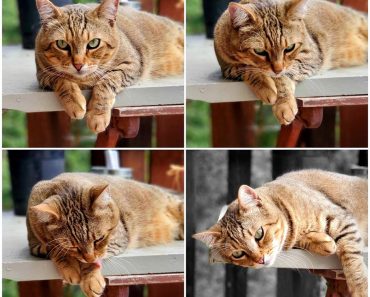
Should I Microchip my dog and cat?Should I Microchip my dog and cat?
August 9, 2020 0 Comments 03:09Certainly, YES! It is a foolproof way to identify your pet, provided you have registered your current contact info with the correct registry. Veterinarians have universal scanners to I.D. the chips. Unlike a collar, once a chip is inserted it rarely gets lost, even if it does most likely it[...]





